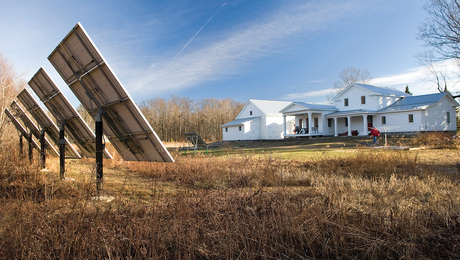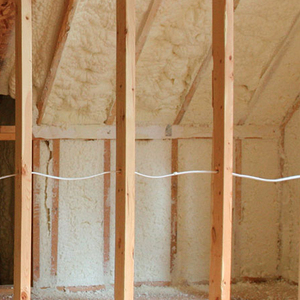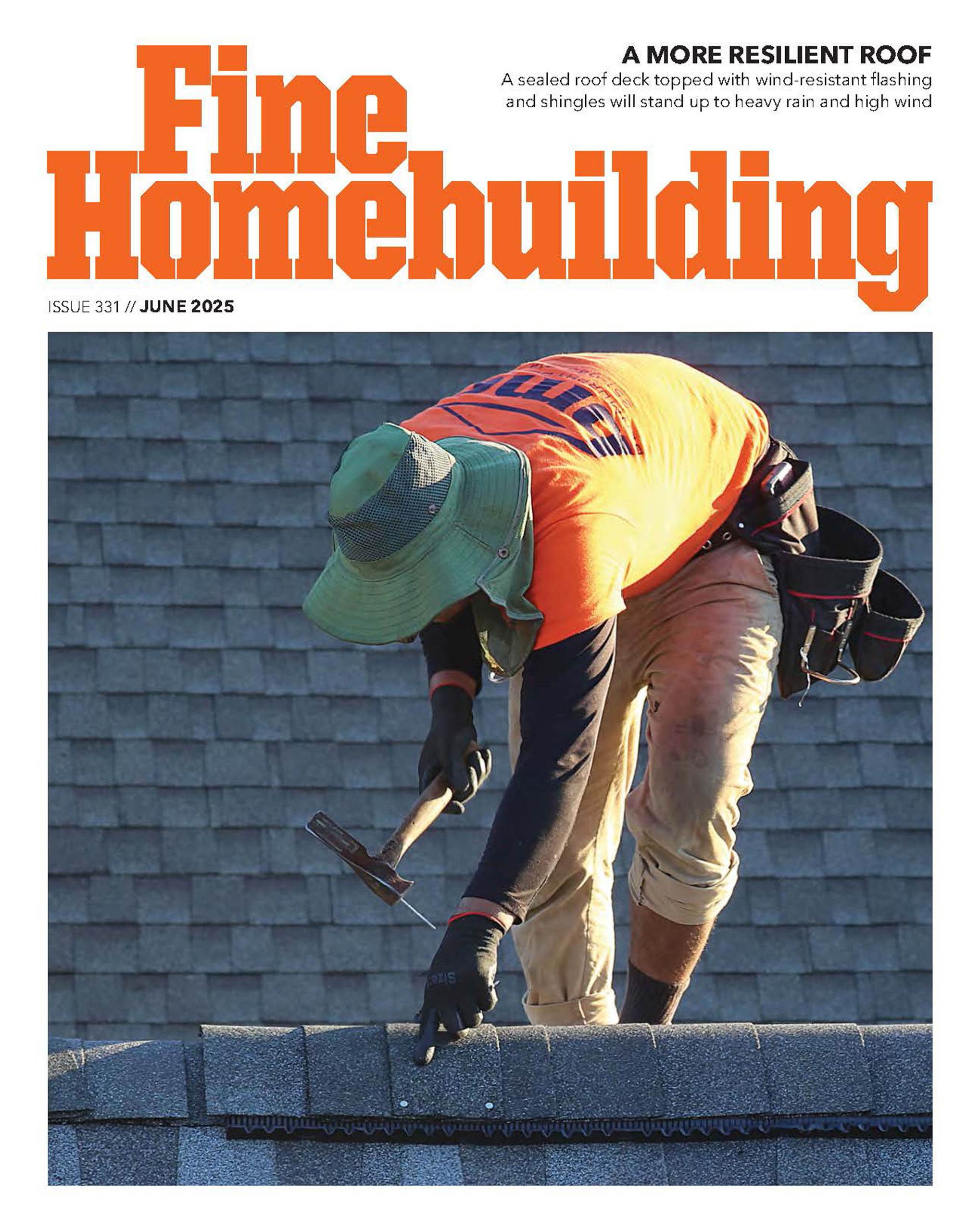Throughout the years I have read many discussions about the use of tar paper under roofing shingles. I have heard many opinions as to the actual function of the tar paper installed under the roof shingles.
I have heard claims that the tar paper is a secondary defense against leaks in the event of a failure in the roof shingle system. I never believed in this theory since a typical roof will have many thousands of nails driven through the roof underlayment. This might divert the water a few inches but the water will eventually enter the structure through the thousands of nail holes through the tar paper.
I have heard some contractors say that roofing felt paper is not needed at all. They only install roof underlayment to satisify the roofing manufacturers installation specifications. The same contractors say the only purpose of the tar paper is to cover the roof in the chance of rain or to dry in a roof in the construction project.
About 30 years ago a roofing contractor that I was working for, told me that the purpose for the tar paper under the roofing shingles was to protect the roof shingles.
He said that the roofing felt was the first line of defense against the nails that work there way loose that fasten the roof sheathig to the roof rafters. He said that the nails that start to stand proud due to expansion and contraction will have to wear through the felt paper before they start wearing through the roof shingles. (This was only a very small function of the roof underlayment)
This same roofing contractor made the claim that the tar paper under the roofing shingles, will prolong the life of the roof.
His claim is that roof shingles are a petroleum based product. The roof shingles loose their petroleum base in two directions.
The first direction – the roof sheathing absorbs the petroleum out of the shingle into the wood roof decking. This is more likely to happen on new roofs with wood that is fresh and has not already absorbed the petroleum from prior roof systems. The roof underlayment helps protect against this.
The second direction and by far the most prominent direction is to exterior enviorment. – He said the that as the sun dries the petroleum out of the roof shingles. It is also pulling the petroleum products out of the tar paper underlayment as well. His point is that the extra petroleum in the roofing tar paper extends the life of the roof shingle.
The roofer said to look at how thin the 15# felt paper was after 20 years of use, and compare it to the thickness of the new 15 # felt paper we were about to install.
The roofers point was that the roof shingles absorbed the petroleum from the roof underlayment, prolonging the life of the roof shingles.
Based on this information I have always used 30# felt paper on all of my roof installations in hopes that the extra thickness of the felt paper will prolong the life of the roof shingles that we install.
I am interesred on any feed back anyone has to offer weather they think there is an advantage to using 15# felt paper compared to 30 # felt paper.
Thanks Paul



















Replies
What I've heard claimed is that the felt serves as a "slip sheet" between sheathing and shingles, so they can move relative to each other a bit more freely, plus the felt keeps the chemicals on one side from damaging the other side (with both sides advertised as needing protection).
I've never seen anything definitive.
I've beento manufacturer seminars which explain it as a slip layer.
And even with 1,000's of nails, I suspect it could still provide a second line of (imperfect) defense.
Most folks are using the newer roofing underlayment, tar paper is old school. It doesn't matter what anyone thinks or says, if you are in the business, you follow the manufacturers instructions. They are written on the shingle packages or you can go to the websites.
If your worry was that the petroleum would be leached out of the shingles over time, then tar paper would be the worst solution (other than nothing). That's like trying to keep a sponge moist by putting another sponge below it.
If you are trying to keep petroleum in, then you want a layer that doesn't absorb anything at all beneath it. A synthetic underlayment like Titanium UDF or RoofTopGuard won't absorb anything, so it would be a beter choice than tar paper.
Properly installed, it doesn't tear and it seals around the nail holes too.
I allways use #30 felt when I use felt (#15 tears too easily around the nails and can throw you) and I almost always use synthetics now.
The reasons for underlayment are: keeping the structure dry until the finished roof is installed, providing a slip sheet between two products with different expansion rates, and as a secondary line of defense. Although there are numerous holes in the underlayment from the roof fasteners, the fasteners are in the holes. If a shingle blows off with no underlayment a leak is certain. With underlayment, not so certain and an at least reduced quantity of infiltration.
The petroleum leeching theory may have merit, but I doubt it.